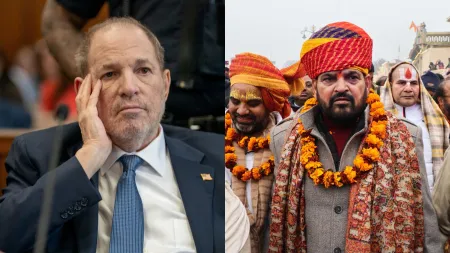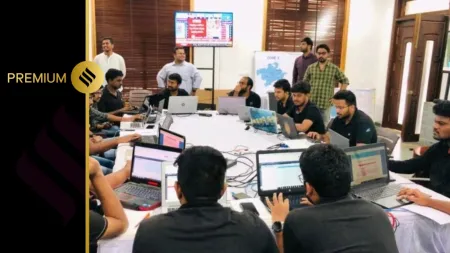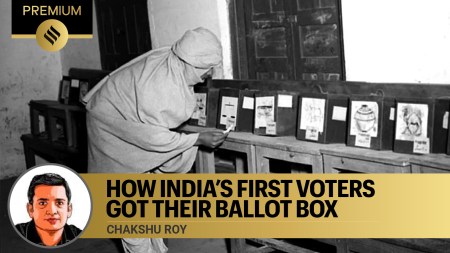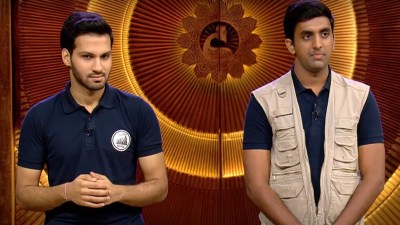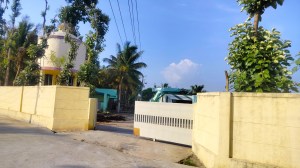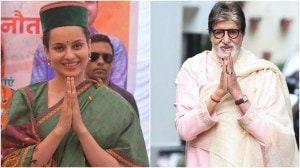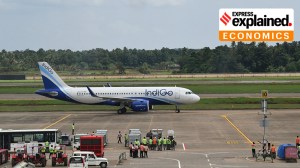- India
- International
In the US, a big step against caste discrimination
The credit goes to the tireless mobilization of Dalit-American communities, individuals, and anti-caste organizations such as the Ambedkar Association of North America, Ambedkar International Center, Ambedkar International Mission, Ambedkar King Study Circle, and Equality Labs.
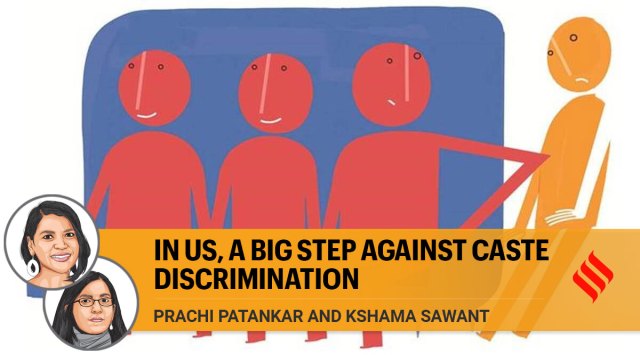 In recent years, there has been greater recognition of the challenges faced by caste-marginalized people within the United States. (Representational/File)
In recent years, there has been greater recognition of the challenges faced by caste-marginalized people within the United States. (Representational/File) Last month, in Seattle, co-author Kshama Sawant, a socialist Council member, introduced the first US legislation to ban caste discrimination alongside a united movement of Dalits, dominant-caste Hindus, Sikhs, Muslims, socialists, and union members. The City Council is scheduled to vote on February 21. If passed, the law will prohibit caste discrimination in employment and housing, retail, public accommodation, and transportation. This historic proposal recognizes the pervasiveness of caste-based injustice and marginalization in the United States. It is also an acknowledgment of the fact that as the Indian-American population grows, the deep-rooted divisions that migrated with them will also become readily apparent.
In recent years, there has been greater recognition of the challenges faced by caste-marginalized people within the United States. The credit goes to the tireless mobilization of Dalit-American communities, individuals, and anti-caste organizations such as the Ambedkar Association of North America, Ambedkar International Center, Ambedkar International Mission, Ambedkar King Study Circle, and Equality Labs. This recognition may be new in America. However, what is not new is the discrimination experienced by caste-marginalized communities and dominant-caste groups’ assertions of their superiority to maintain networks for their advantage.
In 2001, upper-caste Indian American Lakireddy Reddy, one of California’s wealthiest landlords with over a thousand rental properties worth tens of millions of dollars, was found guilty of trafficking Dalit girls and young women from his ancestral village in India and forcing them into sexual slavery and forced labour.
In 2021, Bochasanwasi Akshar Purushottam Swaminarayan Sanstha, a Hindu sect known as BAPS, was accused by hundreds of mostly Dalit and Adivasi workers of labour trafficking, servitude, and exploitation. In 2022, the state of California filed a suit against tech company Cisco Systems after it emerged that a Dalit employee was harassed by Indian-American managers.
It is no surprise that caste discrimination is pervasive in labour. A century ago, Dr B R Ambedkar stated that caste is “not merely the division of labour but the division of labourers” based on graded inequality. This hierarchy has meant that unfavourable jobs are forced upon marginalized castes, while favourable jobs with advantages and ‘white collar’ professions — medicine, finance, engineering — are monopolized by upper castes. These unjust divisions have traveled with the mostly dominant-caste Indians who came to America following the passage of the Immigration Act of 1965. Today, as immigrants from Dalit and marginalized backgrounds make some inroads into these white-collar fields, many upper-caste Indian Americans feel their birthright is threatened.

A 2021 Indian American Attitudes Survey (IAAS) survey reveals that many Indian-Americans report being victims of caste discrimination from fellow Indian-Americans. The 2016 survey found that two-thirds of South Asian Americans who identify as oppressed-caste reported suffering caste discrimination in their workplace.
The last decade has also seen a surge of anti-caste consciousness and advocacy in America. Dalit and anti-caste activists have led a movement in the South Asian America diaspora to carry forward Dr. Ambedkar’s call to “educate, agitate, and organize”. This has gone hand in hand with the dramatic shifts to the left in the American consciousness, as demonstrated by the multi-racial and working-class Black Lives Matter movement in 2020, which became the largest street protest movement in United States history. Millions of young people in America are drawing connections across various types of oppression. For progressive Indian Americans, this has included seeing the links between racism and casteism. Many first and second-generation migrants from advantaged backgrounds have been pushed to examine how they perpetuate or overlook caste discrimination. It is this unified multi-caste, anti-caste efforts that have led to important reform victories. Institutions of higher education across America have added caste to their non-discrimination policies — including Brandeis University, Brown University, Colby College, Colorado College, Scripps College, University of California Davis, and the California State University system.
Not surprisingly, there has been resistance from some right-wing dominant caste Indian Americans. Organizations linked to a pro-Hindutva ideology, such as the Hindu American Foundation and the Coalition of Hindus of North America, oppose this ordinance, claiming that efforts to champion anti-caste discrimination policies are ‘Hinduphobic’. This claim fits well within Hindutva logic because discriminatory Brahmanism is a core part of its ideology. Anti-discrimination movements know the deep link between caste supremacy and religious supremacy. And pro-discrimination religious nationalists know that they need to put a sanitized spin on the caste system. Especially in the US context, the abstract idea of diverse castes co-existing together might complement a multicultural view of diverse races living harmoniously too. Yet, in the case of both race and caste, structural injustice needs to be confronted and changed. The growing attention and action against caste discrimination in America pose a welcome challenge to the false claim of ‘Hinduphobia’ victimhood which has been manipulated by pro-Hindutva advocates.
The global anti-caste movement is gaining momentum. Caste injustice is being recognized and challenged wherever Indians and South Asians have migrated across the world. Back in 2001, Dalit advocates appealed to the United Nations World Conference Against Racism to include caste as race-related and descent-based discrimination. But some voices within the Indian government were able to prevent this UN recognition. Yet now, a Dalit woman, Ms Ashwini KP, is the UN’s Special Rapporteur on contemporary forms of racism and related intolerances. Major institutions, such as Apple and the California Democratic Party, have already added caste as a category to their non-discrimination policies.
Like racism, the ruling classes have used the caste system to exploit the majority of ordinary people. This divide-and-conquer strategy has been used by pre-colonial elites, British imperialists, and post-colonial Indian elites too. Annihilating caste, just like ending racism and sexism, will require a global shift towards a much more democratic society that is run in the interest of the majority, not for the profits of a few capitalists. Winning reforms, like the potential passage of the Seattle law to ban caste discrimination, is an important step on this path.
Prachi Patankar is a writer and co-founder of South Asia Solidarity Initiative. Kshama Sawant is a councilmember of the Seattle City Council.
40 Years Ago
EXPRESS OPINION
More Explained
May 06: Latest News
- 01
- 02
- 03
- 04
- 05





